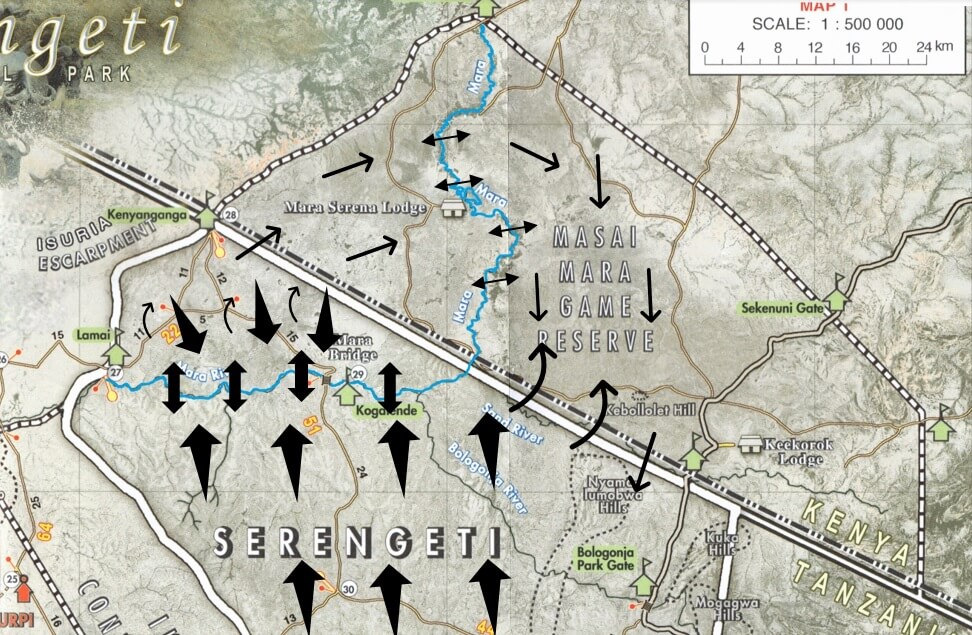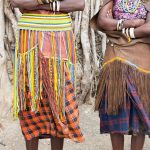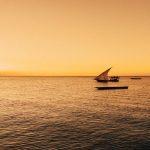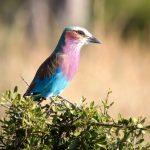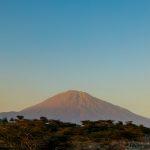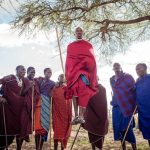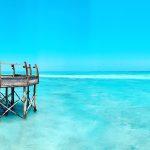Where are the herds in September?
In September, the herds are pretty much in an identical position to where they are in August, in the Lamai wedge and Kogatende areas of the northern Serengeti, as well as sometimes up in the Masai Mara too. Many people think that the Masai Mara is the place to be at this time, but that is simply not true, as the wildebeest tend to pour out into Kenya as an extension of their route, and as such, entering the Mara is not an integral part of their journey. So all in all, you should be looking at the Serengeti over the Mara for the river crossings.
Is September a good time to see the Great Migration?
Many people think that August is a better time to see the river crossings, as it is peak season throughout all the northern lodges and mobile camps. However, we would argue that this is not true. By going in September you can take advantage of some fabulous free night deals, as well as being in with the same chance as seeing the crossings as in August.
In September, you benefit from school holidays being over and thus a few less vehicles around. Also, when compared to July, we would argue that September is a better time to almost guarantee seeing the migration in the north. This is because the wildebeest can be late, so July is a slightly trickier time to predict, whereas if you go in September though, you are pretty much guaranteed to see the herds as they absolutely will have arrived in the north by this time and always linger well into September. Contrary to popular belief, once the herds arrive in the north, they do not simply head straight for the Masai Mara then head south, but they linger criss-crossing over back and forth through the Mara River – it is not a single mass movement, but more a chaotic gathering which can mean river crossings happen daily from July all the way through until late October.
So, where should I stay to get the best chance of catching the herds in September?
Northern Serengeti! Lamai and Kogatende are the place to be if you are hoping to catch the crossings and the migration herds in general. It is important to remember that when the wildebeest are crossing the Mara River in between Kogatende and Lamai in the Serengeti, they are only sometimes also crossing the Mara River on the Kenyan side! As the Masai Mara is a smaller area and with a lot of camps, it is also much busier here than in the Serengeti, so we would always recommend avoiding Kenya within the migration river crossing months of July – October and focusing on the northern Serengeti.
Which permanent camps to stay at in the northern Serengeti (Kogatende/Lamai) for a September safari?
Sayari ($1,376 pppn) – Sayari is serious luxury under canvas. It’s permanent wooden base structure offers a really nice contrast to the purely tented mobile camps. The main area is fitted with comfortable sofas and there is also a lovely pool to chill out by in between your game drives. It’s location is close to the Mara River making it a great place to stay to catch the crossings.
Nomad Lamai Serengeti ($1,315 pppn) – In a similar position to Sayari, Nomad Lamai is an excellent lodge to stay at for a July – October Serengeti safari if you are hoping to catch the river crossings. It’s rooms are wound between a set of Kjopes, and each one has fabulous sweeping views of the plains below. Lamai offers the ultimate barefoot luxury Serengeti experience, yet without losing any authenticity.
Which mobile camps to stay at in the northern Serengeti (Kogatende/Lamai) for a September safari?
Chaka ($607 pppn) – Very comfortable accommodation and an excellent overall experience in great locations and importantly, at an amazing price. You can’t go wrong with Chaka for a basic yet authentic Serengeti safari.
Serengeti Safari Camp ($900 pppn) – Our favourite barefoot luxury authentic Serengeti mobile camp, for an early July safari there is nowhere better. As there are two camps which move independently throughout the year, there is no in-between period where the camp is moving location and thus not open.
Ubuntu ($768pppn) – Asilia’s best value mobile camp, Ubuntu is similar in style to Serengeti Safari Camp but is a little further away from the Mara River.
Serengeti Under Canvas ($1,240) – The premium option if you are looking at staying under canvas in a tented camp.
Olakira ($1,070 pppn) – Asilia’s most luxurious mobile camp, it is not quite as glitzy as Serengeti Under Canvas but by no means is a less desirable option as it doesn’t come with quite such a hefty price tag. Though it certainly is not cheap!
Kimondo ($986 pppn) – Kimondo is in Lamai Wedge which benefits from being somewhat cut off from the rest of the Serengeti, only with a few other camps in the region, of which, it is the most reasonably priced option.
Alex Walker’s Serian ($1,110 pppn) – Luxurious food, service and tents but with a really classic safari style. A huge perk of Serian is that your price includes a private vehicle and guide for your whole stay. There is one camp in Lamai and the other in Kogatende.
Summary
As you can see from the above map, once the herds arrive at the Mara River, they tend to linger around in between Kogatende and the Lamai Wedge, so the Serengeti is place to go to be in with the best chance of catching a crossing. Only some of the herds at some point in between the period of July – October make their way into Kenya’s Masai Mara. September is an excellent time to go to be almost 100% sure that the herds would have made it to the area and also to avoid the busy peak season of July and August.

